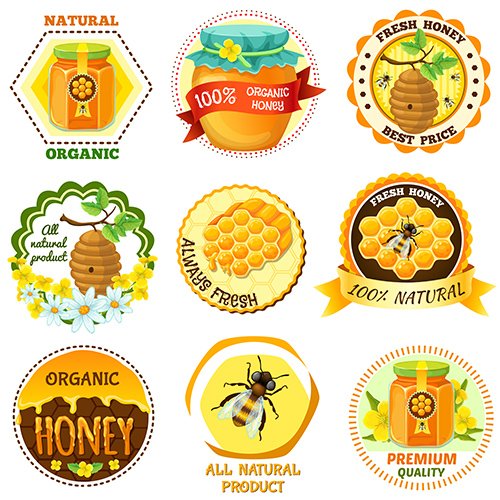
Honey emblem set with descriptions natural organic fresh honey vector illustration
EPS | 2.49 MB
|

Summer Camping School Adventure Badges
AI | EPS | 522 KB
|
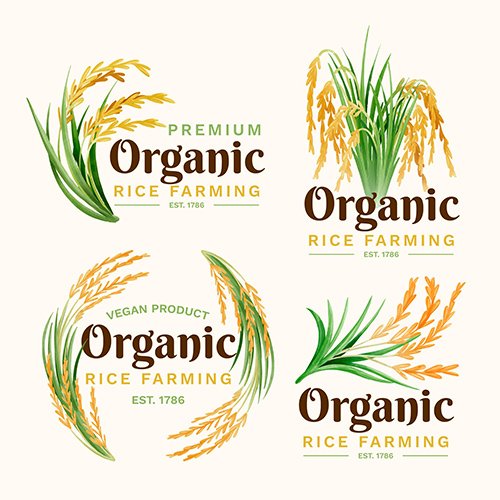
Rice Logo Collection
AI | EPS | 12.26 MB
|
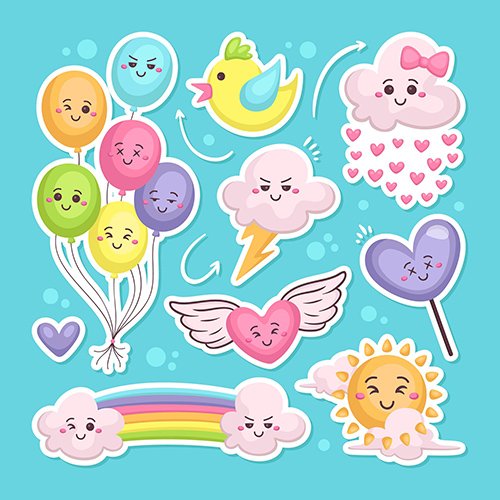
Set of drawn chuva de amor decoration elements
EPS | 883 KB
|
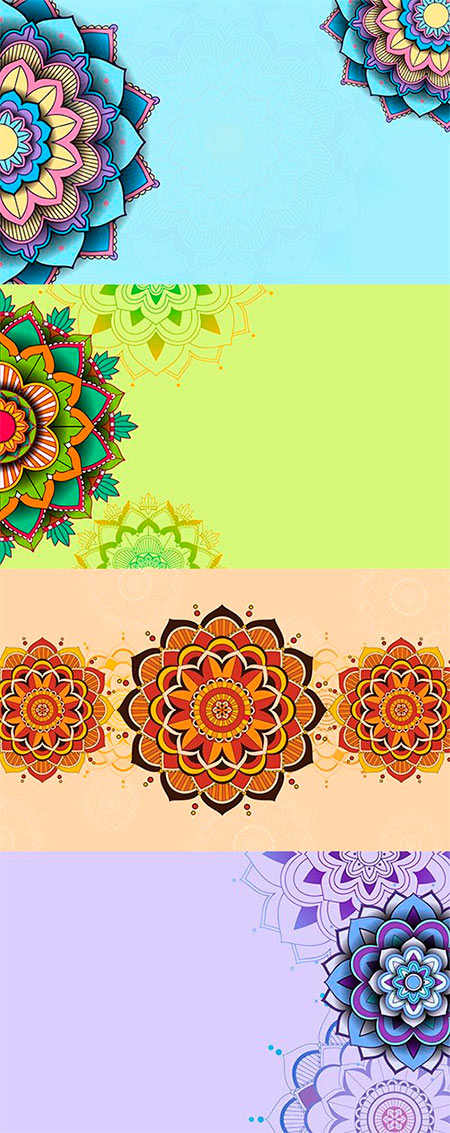
Background Template with Mandala Pattern
EPS | 5.27 MB
|
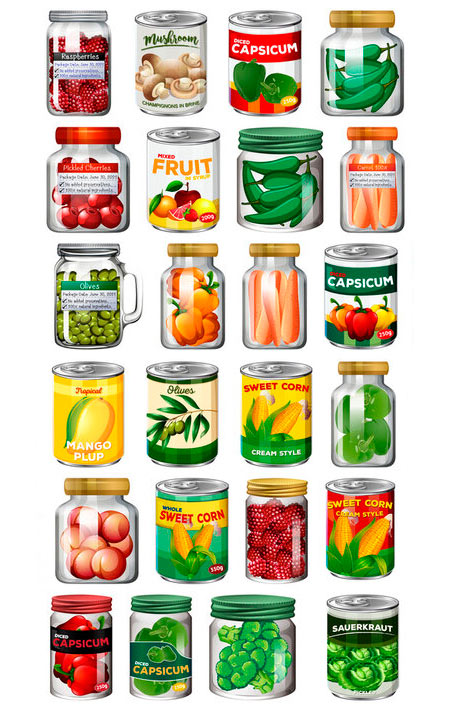
Set of Different Canned Food and Jars
EPS | 8 MB
|

Set of Different Plants Pots Isolated
EPS | 22.5 MB
|

Taxi Retro Style Emblems
EPS | 273 KB
|

White Keys Locks Set
EPS | 186 KB
|
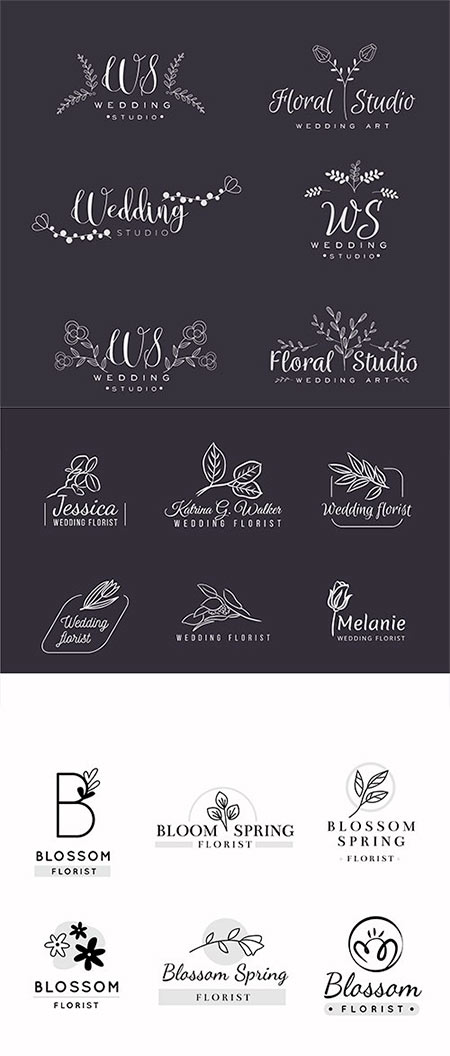
Collection of Wedding Florist Logos
EPS | 1.96 MB
|
« 1 2 ... 48 49 50 51 52 ... 1656 1657 » |
Векторная графика, в отличие от растровой, строится не на основе сетки пикселей, а на математическом описании геометрических объектов - линий, кривых, многоугольников. Это позволяет векторным изображениям масштабироваться до бесконечности без потери качества, оставаясь четкими и гладкими даже при многократном увеличении. Каждый элемент в векторном изображении - это независимый объект, который можно редактировать отдельно, изменяя его цвет, форму, размер, положение, и т.д. Это делает векторную графику идеальным выбором для создания логотипов, иллюстраций, шрифтов, и других изображений, где важна четкость и масштабируемость.
Одним из ключевых преимуществ векторной графики является её компактность. Поскольку векторные изображения описываются математическими формулами, а не информацией о каждом пикселе, файлы обычно значительно меньше по размеру, чем их растровые аналоги. Это особенно важно для веб-графики и анимации, где размер файла напрямую влияет на скорость загрузки страницы и производительность. Кроме того, векторные файлы легче редактировать и обновлять, поскольку изменение одного объекта не требует повторной обработки всего изображения, как в случае с растровой графикой.












